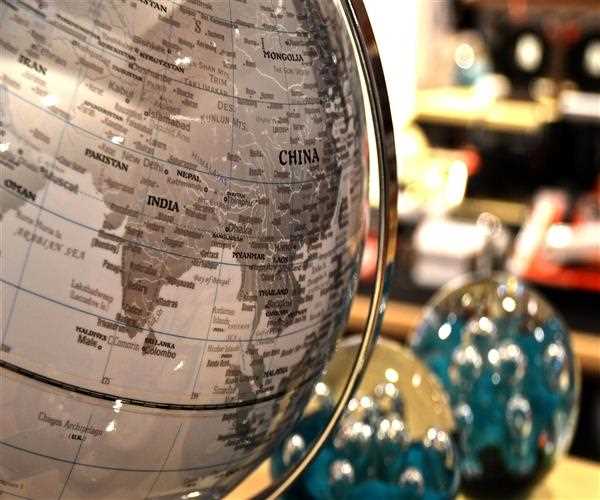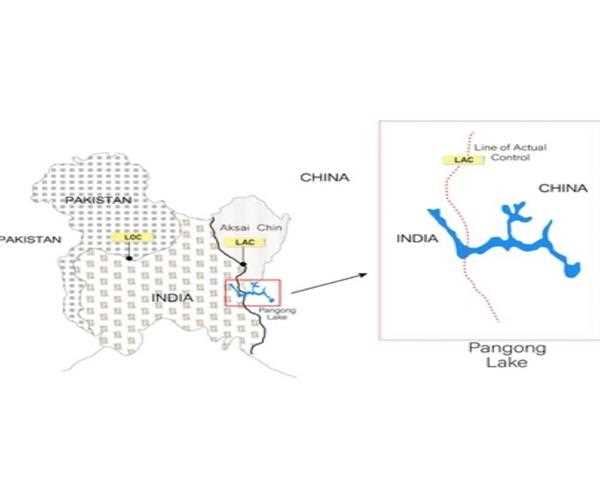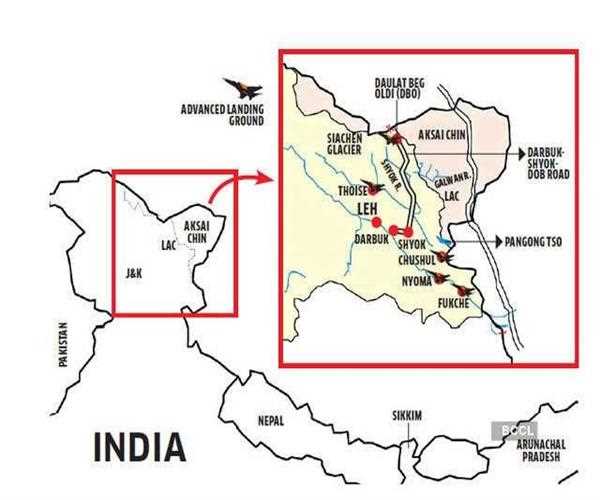
politics
30-Oct-2021 , Updated on 10/30/2021 8:10:15 AM
India-China relations
Historically, both India and China had warm and friendly relations for about more than 2,000 years. The traditional Silk Route, also known as ancient trade route, linking China with west not only served as route for trade, but also promoted the spread of Buddhism culture between India and China.
Modern relationship
Now, lets discuss how are the modern relationship and when it started? So, Modern relationship began in year 1950 between two countries, when India was one of the first countries to be recognized as the People’s Republic China I.e PRC as the legitimate government of Mainland China.
In year 1958, an armed rise up in Tibet against the occupation of China served as the buffer zone between two countries India and China. As India regarded the act of Chinese forceful occupation as bitter aggression of China and provided asylum to Dalai Lama and a large number of Tibet’s people. China considered this action of India as the Interference in the Internal issues of People’s Republic of China.
This became the primary reason for deterioration of India-China relations which led to accusations by People’s Republic China to India of expanding into Tibet and across the Himalayan region it finally caused Indo-China war in October 1962 I.e Shino-Indian war.
Border Disputes
China does not accept the Mc Mohan line as the legal account between India and China according to which the demarcation agreed upon between the British empire and Tibet. India’s map represents clear sovereignty over 104,000 km2 of territory which China claimed in 1959.
These unresolved border disputes caused India-China war in 1962. Indian forces was pushed 48 km of Assam plains northeast by the People’s Republic China also occupied the strategic points in Ladakh.
Indian-Chinese forces in Sikkim in 1967 created exchange of heavy fire on Sikkim outpost led to Nathu La incident and Chola incident.
In 1987, India received statehood to Arunachal Pradesh, China does not accepted it as part of India and named it as South-Tibet which further resulted to locate new troops to the respective area, it raised tensions as well as fear of resulting new border war known as Sumdorong standoff
The Sino-India agreements now signed in 1993 and in 1996 which provided legal recognition to the term Line of Actual Control which states that no activities shall overstep the LAC. However, both the sides have their own interpretation of the illustration of the boundaries which led error of perception in agreement earlier done.
• Daulat Beg Old Incident: A three week standoff in May 2013, took place along LAC between Indian and Chinese troops which is known to be the Daulat Beg Old Incident.
• Chumar Incident: China from longer back trying to reduce India’s dominance in the area of Chumar which is 300 km northeast of Leh, bordering Himachal Pradesh led to cause Chumar incident September 2014.
• Demchuk Incident: The Demchuk an area where LAC and IB starts where Indus River enters into India from China another incident took place.
• Doklam Incident: The specific reason why the standoff took place was India’s objection to China building road in Sikkim sector of the border. Chinese troops entered into Indian territory and destroyed two bunkers in 2017.
Current Standoff
In Galwan valley near LAC in May, China started increasing troops and entered 3km and later claimed as their territory. A negotiation was held and decided to create buffer zone between both the sides of LAC and junction of Shyok and Galwan river to avoid any kind of faceoff. Later, Chinese camp was still noticed there which India called off to remove that led into fight. This was the first time any soldiers died in clashes.
Afterwards, India took strict decision on economic measures and banned 59 Chinese app including TikTok.
Currently, China does not want India to raise the issue of Hongkong verbally in order to divert the attention of people from Covid19 pandemic. China is also very frustrated upon India due to rapid infrastructure development in recent time.
China have started to object the repealing of Article 370 and have started portraying India as aggressor in states of Jammu and Kashmir . Also , China is preparing to claim the portion of Ladakh to make an international issue.
How India should counter China?

At the Diplomatic level India must establish good ties with the South East Asian countries that have clashing interests with China in the South China sea like you’re already aware of many countries like Vietnam and even Taiwan are the enemies of the China Also, build up ties with Japan to project a cooperative enterprises to form a group with these Anti-China camp thereby to effectively counter the China.
India should increase more participation in Quad i.e group of 4 countries India, US, Japan and Australia, conducting conducting more activities like joint exercises will put automatically a pressure on China. Also, as a result China confronted by internal challenges for maintaining political and social stability which India can exploit for instance Taiwan granting secession from mainland China then the Hongkong wants political freedom, the rising demand of Tibetans and similarly the violent demands of Uyghur Muslims.
In terms of military India needs to maintain assertive stance, need to invest in border infrastructural development, need to improve force level along the LAC and North-eastern border by setting up mountain core to face mountain war here and modernization of arm forces like in recent time India have signed many deals for missile defense system, also, need to deploy of strategic assets as Agni-V. Although, Chinese’s military is far superior than Indian military but it does not mean that China is invincible.
Although, reducing trade completely is not easy task but considering early trade deficit of $57 billions progressively reduced by boycotting major products. The focus should be to boost up domestic industry and economic relation with other countries as well.

Student
"I'm a student and passionate content writer, write to spark inspiration in the reader". I want to deliver an effective and valuable content to the audience.
Join Our Newsletter
Subscribe to our newsletter to receive emails about new views posts, releases and updates.
Copyright 2010 - 2025 MindStick Software Pvt. Ltd. All Rights Reserved Privacy Policy | Terms & Conditions | Cookie Policy
